
All categories
Featured selections
Trade Assurance
Buyer Central
Help Center
Get the app
Become a supplier

(3500 products available)



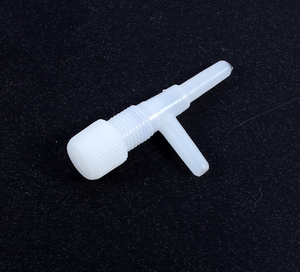











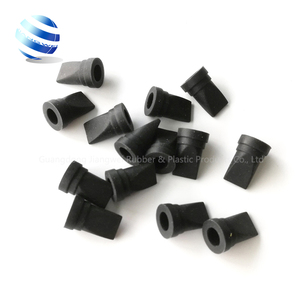
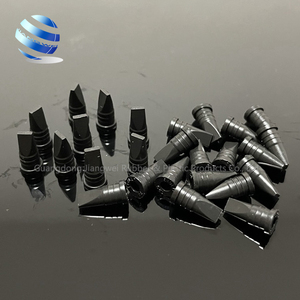












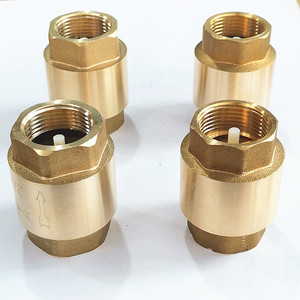
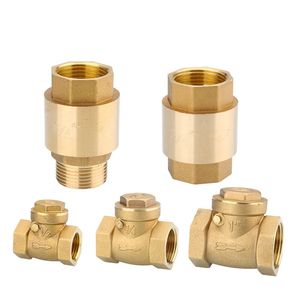

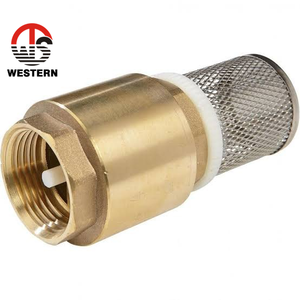
Check valves come in various types, each suited for specific applications. When choosing one and supplying it, consider the operational demands and the water pump system's characteristics.
In this kind of check valve, a ball serves as the closing mechanism. It is seated against a port to prevent backflow. Ball check valves are widely used in water pumps due to their simple design and reliable performance. When the fluid flow decreases, the ball moves back into a seat. This seat is the offset opening in the valve body, thus restricting passage. They are also easy to install and maintain.
The disc or the clapper opens and closes in a swing or swings like a door. A clap valve allows unidirectional fluid flow. Swing check valves are common in water pump systems where the pressure differential is relatively high. They are also useful where flow rates are substantial. The low-resistance design makes them suitable for pipelines with variable flow rates.
Spring check valves utilize a spring-loaded mechanism to close the valve. The spring holds a sealing element or disc that is pressed against the valve seat. When the fluid tries to flow back, the pressure forces the disc or sealing element away from the seat. This allows the fluid to exit the valve. In cases where the fluid pressure is low or at equal atmospheric levels, the spring closes the valve to prevent backflow.
It is also known as a reverse flow check valve. This valve incorporates two discs (or doors) that move in opposite directions, allowing flow in one direction only. These valves are used in high-flow-rate conditions. It is because they provide a quick response and better sealing than some other designs.
The main function of a check valve is to prevent backflow of liquids, thereby protecting equipment, pipelines, and systems from damage. In a water pump system, the check valve ensures that the water pressure within the system is always maintained. This is essential for preventing contamination and water pump damage.
Most check valves have a sealing element that closes the valve when back pressure occurs. This element can be a disc, ball, or membrane. Some common types that are already mentioned above include swing, lift, and diaphragm types. When water is pumped through the valve, the pressure forces the sealing element to open.
This allows water to flow in the designated direction. Conversely, if the water attempts to flow backward, the pressure will close the sealing element against the valve seat. This action prevents the fluid from exiting the pump system.
Check valves play a key role in balancing the hydraulic forces within a water pump system. Proper sealing and closure mechanisms minimize energy losses. It further increases the operational efficiency of the system. Also, it reduces the wear and tear of the pump components.
The great thing about check valves is that they operate automatically without any external control. It is based on pressure differentials, which makes them highly reliable. Automatic operation eliminates the need for manual supervision. Thus, allowing the water pump system to function continuously even in unattended environments.
These valves are used in many industries to ensure operational reliability and system protection. Some of these industries are listed below.
Check valves in agriculture and irrigation systems control water flow and prevent backflow in irrigation pipelines. They ensure that water delivered to crops stays within the desired irrigation zones. This practice helps reduce water wastage and improves efficiency in the production of agricultural products.
As mentioned, water treatment facilities rely on wastewater pump systems to move water through various treatment processes. Check valves prevent backflow between filtration, disinfection, and storage tanks. This protects equipment and maintains the integrity of water quality by preventing contamination.
In manufacturing, water is used for cooling, cleaning, and as a raw material in processes. Therefore, check valves are installed on water supply lines to machines and processes. This protects the equipment from backflow. In addition, it ensures consistent water pressure, which is important for smooth operations.
Fire suppression systems such as sprinklers and fire hydrants require a steady water supply. The check valve for fire pump in these systems prevents water from flowing back into the supply line. It ensures that the water is always available at the right pressure during emergencies. Thus providing reliable protection against fire.
Buildings, especially commercial ones, have complex plumbing systems. In these systems, check valves are used to prevent sewage and wastewater from flowing back into water supply lines. These valves are also installed at pumping stations to protect the pumps from backflow. Thus, ensuring the long-lasting and reliable operation of plumbing and wastewater systems.
There are several ways in which check valves can be customized for specific operational needs. Below are some of the most common customization options for these valves.
The sealing materials used in check valves significantly affect their resistance to specific liquids and temperatures. Therefore, customized sealing materials are selected based on the operational environment. For instance, rubber check valve seals are ideal for standard water or liquid applications. Meanwhile, PTFE or Teflon seals are more ideal for harsh chemicals.
Water pump check valve bodies can, too, be customized. These bodies can be made of different materials to suit distinct industrial environments. For instance, brass or stainless steel bodies have high resistance to corrosion. Because of this very quality, they are well-suited for applications in water treatment facilities and chemical processing. When cost reduction is a priority, cast iron check valve bodies are preferred, though it only suits less critical environments.
The size of a check valve and its inlet and outlet connection types must match the specific water pump system requirements and pipeline diameters. OEMs usually offer custom valve sizes to fit unique spaces or exclude excessive use of standard adapters. This practice disrupts the system's operational efficiency. Moreover, connection types can be customized for distinct installation needs. These types include threaded, flanged, or welded connections.
Customized pressure ratings allow check valves to handle operating pressures beyond standard ratings. This is particularly important in high-pressure industrial applications. Springs in check valves can, too, be customized in size and tensile strength. This parameter adjusts valve closure times and responding sensitivity to pressure differentials.
Choosing the right check valves requires considering many factors. Below are these factors.
Water Pump System RequirementsThe first thing is to understand the unique requirements of the water pump system. This critical parameter is based on operational pressure, flow rate, and medium type. Knowing these system demands makes selecting a valve that suits one's requirements easier.
Using the right material for the check valve is important to overcome the operational medium's pressure and temperature. Plastic check valves are ideal for corrosive chemicals and water due to their corrosion resistance. In contrast, stainless steel or brass check valves are suitable for more classic and high-temperature applications.
Water pump systems usually have automatic pressure relief valves involving variable flow rates and pressure differentials. So, for these systems, a spring-loaded check valve is more suitable. Meanwhile, swing check valves are installed in high-flow applications due to their low-pressure drop.
How easy or hard a check valve is maintained affects operational downtime and total ownership costs. Fortunately, some check valves have access ports for inspections and repairs. Others, such as poppet valves, require less frequent maintenance. Assessing the valve's maintenance needs helps run the water pump system more effectively in the long run.
To achieve high operational reliability and safety, choose a check valve that meets industry standards. These standards can be certifications from recognized authorities. They ensure the valve design, material, and performance comply with quality criteria.
A1. The valve's primary function is to prevent backflow. They do this by automatically closing when fluid attempts to flow in the opposite direction.
A2. The common types are spring-loaded, swing, and wafer check valves. Each of these types has unique advantages that suit them for distinct applications.
A3. The factors to consider include the valve type, material, and size. It is also important to consider the operating conditions like pressure and temperature.
A4. Check valves require regular inspections to ensure they function properly. Signs to look for are abnormalities like leaks or an unusual buildup of deposits. Regular cleaning and occasional replacement of the sealing elements also help maintain optimal performance.